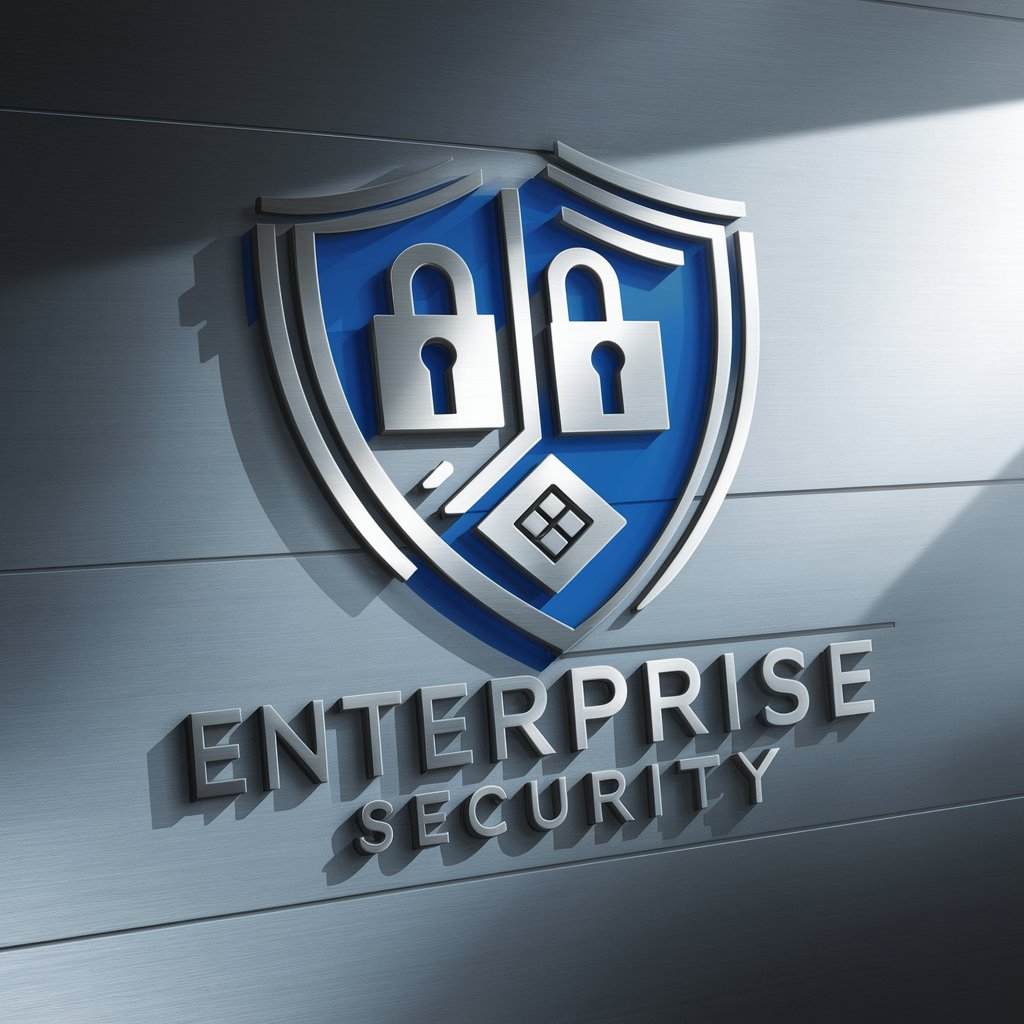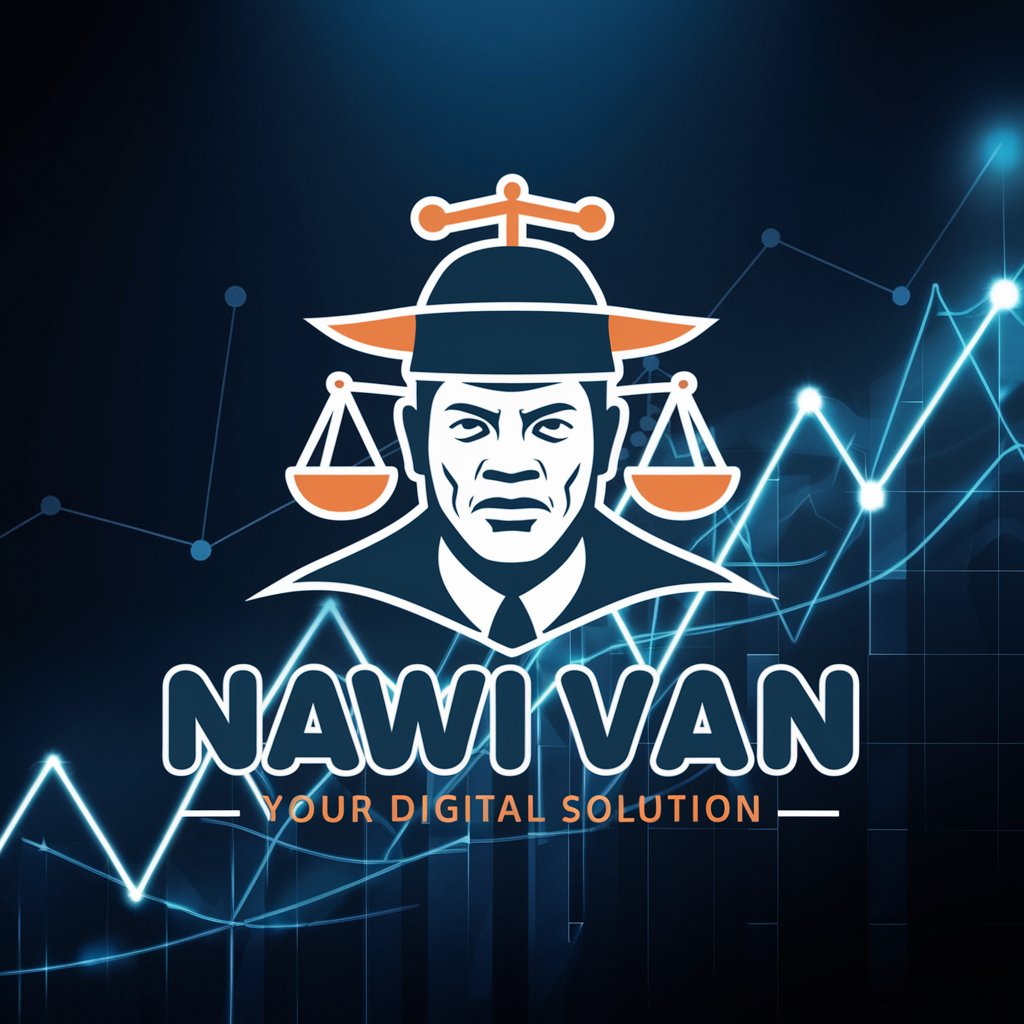Enterprise Security - Enterprise Security Guidance

Welcome! How can I assist you with your enterprise security needs today?
Empowering businesses with AI-driven security
What are the key components of an effective enterprise security policy?
How can businesses protect themselves from phishing attacks?
What are the latest trends in cybersecurity that enterprises should be aware of?
Can you explain the importance of compliance standards in enterprise security?
Get Embed Code
Enterprise Security: An Overview
Enterprise Security refers to the comprehensive strategies, technologies, and processes designed to protect an organization's systems, networks, and data from cyber threats and vulnerabilities. It encompasses a wide range of practices, including the implementation of physical, technical, and administrative controls to safeguard against unauthorized access, data breaches, and other forms of cyber attacks. The purpose of enterprise security is not only to defend against current threats but also to provide a resilient framework for responding to and recovering from incidents. Examples of enterprise security in action include deploying firewalls and intrusion detection systems to prevent unauthorized access, encrypting sensitive data to protect it from theft, and conducting regular security training sessions for employees to mitigate the risk of human error. Powered by ChatGPT-4o。

Core Functions of Enterprise Security
Threat Prevention
Example
Use of next-generation firewalls (NGFWs) and antivirus software
Scenario
Preventing malware from entering the network by inspecting incoming traffic and blocking known malicious signatures.
Data Protection
Example
Implementation of encryption and data loss prevention (DLP) technologies
Scenario
Encrypting sensitive data both at rest and in transit to ensure confidentiality and integrity, and preventing unauthorized disclosure through DLP policies.
Identity and Access Management (IAM)
Example
Use of multi-factor authentication (MFA) and role-based access control (RBAC)
Scenario
Ensuring that only authorized users can access certain resources, based on their roles within the organization, and requiring additional verification steps through MFA.
Incident Response and Recovery
Example
Development of an incident response plan and regular simulation exercises
Scenario
Preparing organizations to respond effectively to security incidents, minimizing damage, and restoring operations with minimal downtime.
Compliance and Risk Management
Example
Adherence to regulations such as GDPR or HIPAA and conducting regular risk assessments
Scenario
Ensuring organizational practices align with legal requirements and identifying potential security risks to mitigate them proactively.
Target Users of Enterprise Security Services
Large Corporations
These entities often possess vast amounts of sensitive data and are frequent targets of sophisticated cyber attacks. Enterprise security services provide the comprehensive protection and risk management capabilities necessary to safeguard their assets and reputation.
Government Agencies
Due to the critical nature of their operations and the sensitive information they handle, government agencies require robust security measures to protect against espionage, sabotage, and cyber warfare.
Healthcare Organizations
With stringent compliance requirements and the need to protect patient data, healthcare organizations benefit from enterprise security solutions that ensure data privacy and secure patient information against breaches.
Financial Institutions
Financial institutions, including banks and insurance companies, deal with highly sensitive financial data and are subject to strict regulatory standards. They require advanced security measures to prevent fraud, ensure transaction security, and maintain customer trust.
Educational Institutions
Schools, colleges, and universities are increasingly targeted by cyber threats aiming at research data and personal information of students and staff. Enterprise security can help protect academic integrity and privacy.

How to Use Enterprise Security
1
Start with a free trial by visiting yeschat.ai, no login or ChatGPT Plus required.
2
Explore the dashboard to familiarize yourself with the interface and features available for enterprise security management.
3
Configure security settings and policies according to your organization's needs, utilizing the guided setup process.
4
Integrate your existing security tools and systems with the platform for a unified security management experience.
5
Regularly review security reports and analytics to monitor threats and adjust policies as necessary for optimal protection.
Try other advanced and practical GPTs
Acidic
Unlocking Chemical Reactions with AI

Beratermentor
Empowering Advisors with AI-driven Insights

CI NV 1
Empowering Your SEO Journey with AI

Leonardo Helper
AI-powered creativity at your fingertips.

Rocks
Empowering geology exploration with AI

Web Dev Scholar
Empowering Development with AI

Floral
Cultivate beauty with AI-powered gardening insights.

🌎 Multilingual Gambling Maestro 🎰
Empower Your Bets with AI

T2S Check Test
Enhance Learning with AI-Powered Testing

Puns GPT
Unleash Creativity with AI-Driven Humor

ScorseseBot
Unleash the director in you with AI-powered Scorsese insights.

Dreyshi
Empowering insights with AI

Enterprise Security Q&A
What is Enterprise Security?
Enterprise Security refers to a comprehensive approach for protecting organizations against cyber threats, data breaches, and unauthorized access to networks and systems. It involves using technologies, policies, and practices to safeguard digital assets.
How does Enterprise Security protect against cyber threats?
It uses a combination of firewalls, intrusion detection systems, encryption, access controls, and cybersecurity policies to prevent unauthorized access and detect malicious activities in real-time.
Can Enterprise Security integrate with existing IT infrastructure?
Yes, it's designed to seamlessly integrate with existing IT infrastructure, including network devices, security tools, and management systems, allowing for centralized security management.
How often should security policies be reviewed?
Security policies should be reviewed regularly, at least once a quarter, to ensure they are up-to-date with the latest threats and compliance requirements. Adjustments should be made as necessary to address new vulnerabilities.
What role do employees play in Enterprise Security?
Employees play a crucial role in maintaining security by adhering to security policies, undergoing regular security awareness training, and promptly reporting suspicious activities or potential breaches.
